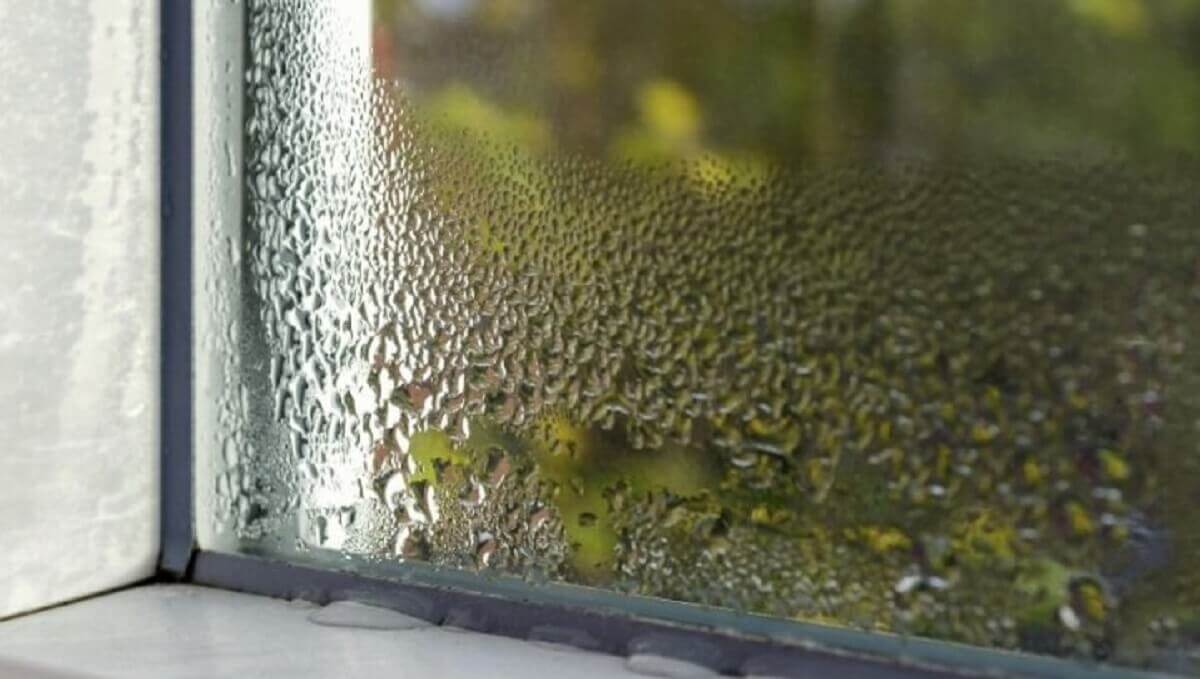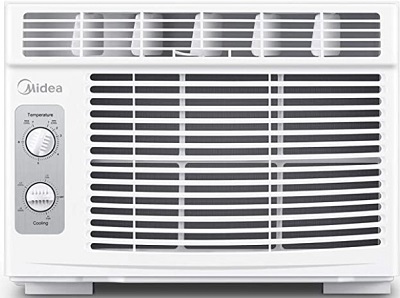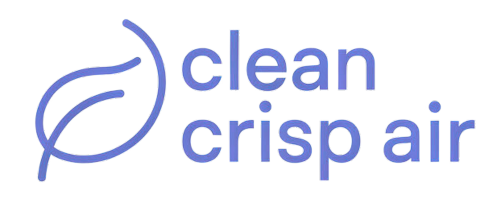When indoor humidity reaches a specific level in the winter, your house can become a breeding ground for allergens. Things like dust mites, mold, bacteria, and fungi find their way into your home. Dust mites can cause indoor allergens, which can result in increased allergy symptoms.
Excess humidity also creates uncomfortable living conditions and can even damage your home. You need to figure out how to reduce the high humidity in the house in winter to avoid such effects.

Additionally, high humidity can be even more dangerous when combined with high temperatures. In such cases, it can disrupt the ability of your body to cool itself, hence leading to a heat stroke.
Generally, humidity levels are usually low in the winter. But when they are high during this time, it is because of such things as condensation problems, poor ventilation, and water leaks. Luckily, you can solve this problem in various ways.
Contents
Steps to reduce humidity levels in your home in winter
You can lower the humidity in your house in the winter using the following methods:
1. Use a dehumidifier

A dehumidifier can help to reduce humidity levels in your home and get rid of allergens like mildew and dust mites. The device is perfect for use in kitchens, bathrooms, bedrooms, caravans, garages, and closets.
When in operation, it will help to remove many ounces of water from indoor air. You can also take advantage of a dehumidifier because it will maintain the optimal relative humidity of between 30% and 60%.
But since these devices come with a settings button, ensure to set them so that they can keep the humidity levels at 45%.
2. Ventilate your house
Engineers today construct homes to be air-tight to prevent heat from escaping during the winter.
While this may be an advantage, it can also retain water vapor and cycle it over in your home, hence increasing humidity levels. To avoid this, consider ventilating your home.
A natural way of ventilating your home is to open the windows to allow some fresh air to flow through. Do this when outdoor air is colder and drier than the indoor air.
If it is not windy, use a fan to allow for air movement both inside and outside of your home. Ensure to do this occasionally to help keep humidity down.
3. Use an air conditioner

An air conditioner cools your home by blowing some cool air inside. When there is too much cold air in the house, the device will remove heat and humidity from your living spaces.
It is through the refrigerant in the system that the AC can help to lower high indoor humidity in winter.
For the unit to work for you, ensure to keep it on during the winter. Also, change its filter frequently to ensure you are breathing in uncontaminated air.
It is helpful to buy an AC of the right size. You also have to buy an air conditioner that has sufficient power to move cooled air throughout your home.
4. Invest in more insulation
Insulation helps to solve energy problems in your home. It can prevent heat loss and reduce indoor humidity in winter. When you invest in high-quality insulation, it will enhance moisture control, which is a fundamental factor in controlling overall humidity.
Insulation can keep moisture out of your house by sealing it from the outside and preventing it from moving freely around your space.
When you eliminate cold surfaces that cause the formation of condensation, insulation comes in to be a protective layer, keeping your home warmer and dryer.
5. Fix all water leaks
Leaks can happen on the roof and plumbing fixtures. When you have leaky pipes and faucets, these will add more moisture to your home. More moisture means more humidity. Start by checking under the bathtubs and sinks.
Determine whether the foundation walls or floors are moist. If you find a problem with leaks, fix them immediately. That will help to reduce humidity levels or keep them at the optimal range.
Conclusion
When you want to reduce indoor humidity in winter, your priority should be to avoid health effects. High humidity levels can cause allergic reactions and become a conducive environment for bacteria and fungi.
You can reduce humidity by using a dehumidifier, ventilating your home, using an air conditioner, and insulating your house.
